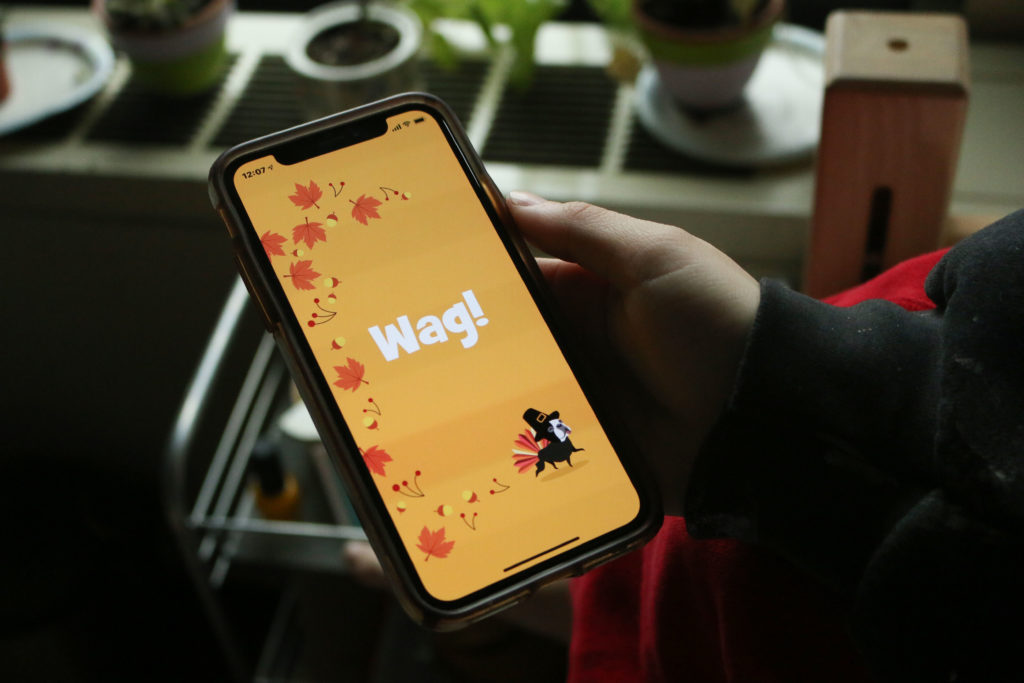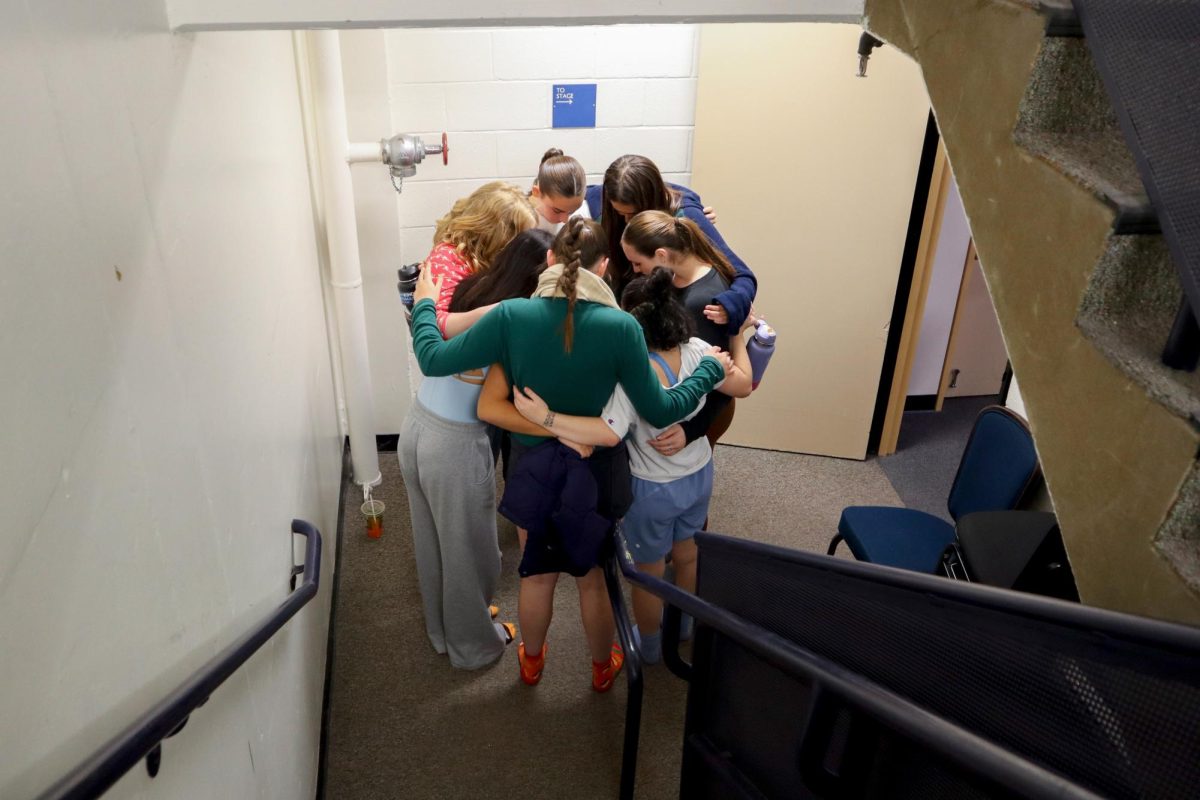Students are always looking for ways to pocket quick cash, and some students’ side gigs involve furry friends.
Wag!, a mobile app that allows workers to sign up for scheduled and on-the-spot walks, has given students opportunities to pick up extra money alongside classes and extracurriculars. Students who walk dogs through the app said Wag! is a convenient way to work around busy school schedules and still make money.
“I was like, ‘I like dogs, I like walking and I like earning money,'” junior Sam Horowitz said. “It consolidates my three favorite things, so I might as well apply to it.”
On the app, walkers can choose a dog that is available for a walk. Employees can sign up for the walk on an on-demand, scheduled or recurring basis, meaning you are required to walk the same dog on a certain day and time every week.
Potential walkers apply online, answering quizzes about dog care and their experience with dogs and submitting five references for the position. Once a walker is approved, they are given access to a list of dogs in the area that need walks for varying amounts of time.
A Wag! customer is charged $20 for a 30-minute walk, but Wag! takes 40 percent of the amount to leave the walker with $12. Customers are given the option to tip walkers.
Sophomore Emma Kolsky recently began dog walking for Wag! because she wanted to be more productive during her free time in between classes. She said she was looking for a job, but walking dogs with Wag! allows her to carve out about 30 minutes of her day to work on her own schedule.
“When you get there, you swipe this thing and it gives you all the information about how to get in and get to the dog,” she said. “Then you just take the dog for a walk. My walk yesterday was, it had to be 60 minutes, and I had to walk the dog like a mile at least, and there are little trackers on the thing that tell you how far along the walk you are and how much time you’ve walked the dog.”
Kolsky said on one walk, she picked up a dog at the owner’s apartment and walked about a mile to Rock Creek Park, where the dog could roam around. She added that the walks are enjoyable, but it’s often difficult to secure a walk because the requests fill up quickly.
“It’s kind of insane,” she said. “You get a text from Wag!, and I’ll press the button instantaneously and it’s like, ‘Nope this walk is booked.”’
Sophomore Lydia Burnett said she picked up three to four walks over the summer per week and walks about twice per week during the academic year. Burnett said she worked a full-time job in a lab but had “very little structure” on weekends, so she used the time to work with animals and pocket some extra money through Wag!.
She added that she racked up about $100 per week over the summer and now earns between $12 to $24, which she uses to get her nails done or go kayaking.
Junior Victoria Gogick said she prefers using Wag! over traditional jobs in offices, restaurants or retail because she can determine her own time commitment. Gogick said she used dog walking as a way to familiarize herself with D.C. as a freshman.
“Wag! is more convenient than more traditional jobs because you can do it on your own time and it’s an easy and quick way to make money,” Gogick said. “It’s like Uber for dogs.”
She said she has walked all breeds of dogs, like dogs that weighed less than 10 pounds and slipped out of their harnesses, elderly hounds that are deaf and blind and larger dogs like a Great Dane. Gogick recalled walking a dog named Ralphie, who is 12 years old and has a heart murmur. The owner tipped her $20 after the walk and sent her an Amazon gift card because she handled the walk with care, she said.
“The first time I walked him, the owner called me before I got there and told me he was very sick in the morning before she had to go to work, and she was worried and wanted to make sure he was being taken care of while she was gone,” she said.
Freshman Drew Morris said he heard about the app from another student and applied to become a walker to stay active and spend time with animals. Morris said the app offers him a combination of “dog therapy” and exercise, referring to a labrador named Dexter he recently walked who did not want to stop walking toward the end.
“Whenever Dexter knew we were heading home or the direction of home, he would just flat out lay on the ground and would not get up,” Morris said. “People who were passing by would laugh, and then I didn’t really know what to do, so I sat with Dexter for a little bit on the ground and finally he got his spirits up and we made it home.”







